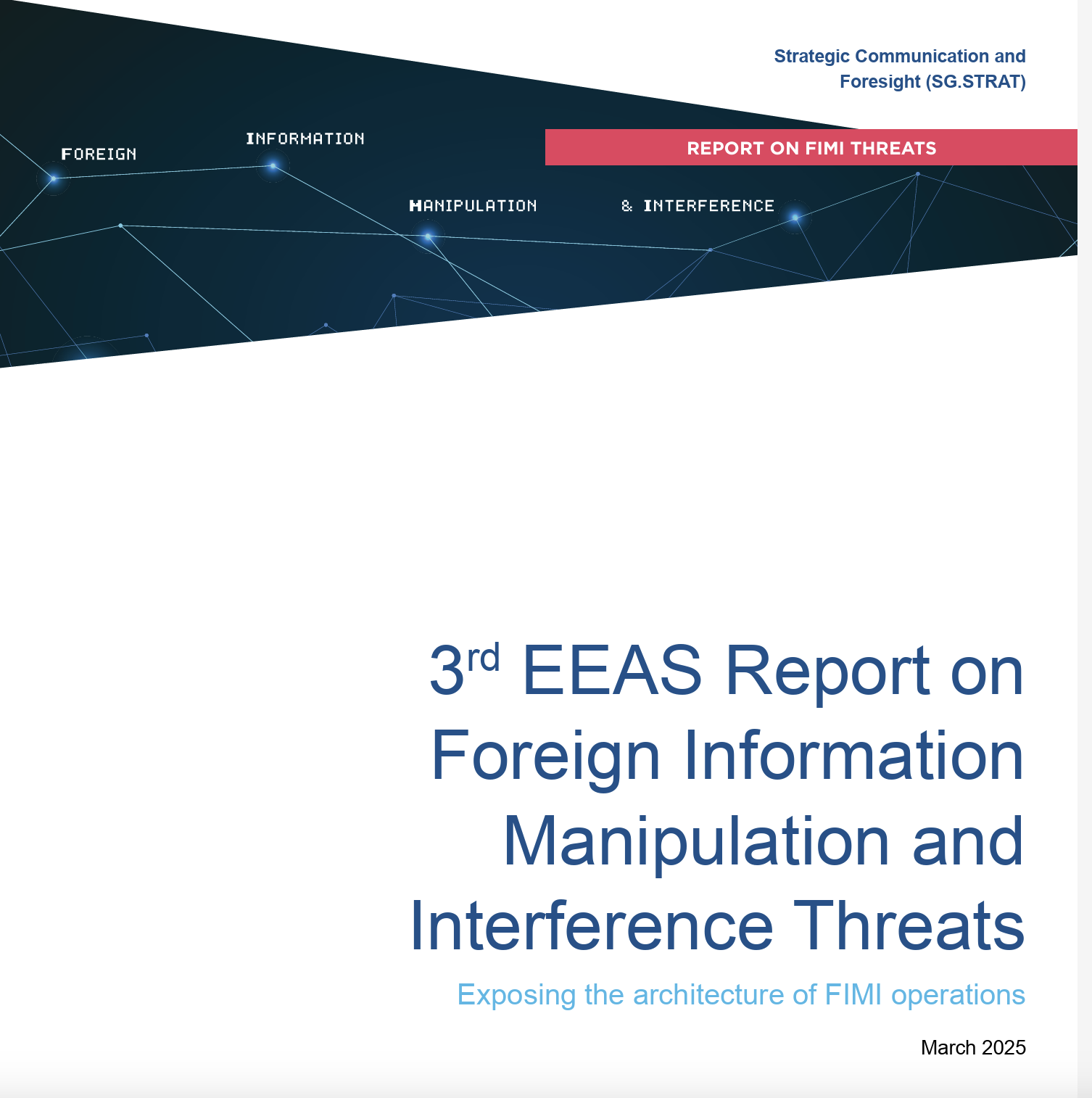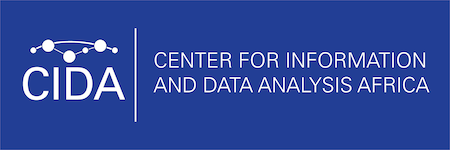
Overview
The European External Action Service (EEAS) has released its third annual FIMI Threats Report, introducing a critical new analytical tool—the FIMI Exposure Matrix—to expose how authoritarian regimes like Russia and China are weaponising digital information to manipulate public opinion, interfere in democratic processes, and expand geopolitical influence.
Key Takeaways
🔍 What is FIMI?
Foreign Information Manipulation and Interference (FIMI) refers to coordinated, deceptive online behaviour—often legal but harmful—by state and non-state actors aiming to destabilise societies, polarise communities, and undermine trust in democratic institutions.
1. Global Trends in 2024
-
505 FIMI incidents involving 38,000 channels were tracked across 90 countries on 25 platforms.
-
Ukraine, France, Germany, Moldova, and Africa's Sahel region were primary targets.
-
Elections were a key focus, with Russia targeting the European elections and China interfering in the Taiwanese elections.
-
X (formerly Twitter) hosted 88% of detected FIMI activity.
Tactics Used
-
Bot networks, impersonation, inauthentic news sites (e.g., Doppelgänger), and increasingly, AI-generated deepfakes and content.
-
Localized content strategies tailored to regional events, languages, and narratives.
-
Cross-platform coordination with amplification across Facebook, Telegram, TikTok, and YouTube.
2. The FIMI Exposure Matrix: A Game-Changer
A four-tiered classification system that maps the structure of influence operations:
-
State Official Channels – Direct government accounts.
-
State-Controlled Outlets – Media outlets with overt state funding/control (e.g., RT, CGTN).
-
State-Linked Channels – Covertly controlled or funded actors.
-
State-Aligned Channels – Independent entities echoing state narratives without proven links.
The Matrix uses behavioural and technical indicators (e.g., metadata, repost patterns, shared infrastructure) to reveal how these channels are interconnected and used strategically.
3. Anatomy of Influence Operations
Using the Matrix, the report maps the vast FIMI architecture through network analysis, identifying:
-
Russian influence hubs like RT, Sputnik, and the Portal Kombat network.
-
Chinese influence-for-hire operations using PR firms and inauthentic websites (e.g., Paperwall, HaiEnergy).
-
Interactions between attributed and non-attributed channels that obscure the origin of content (information laundering).
4. Case Studies: Where FIMI Hits Hardest
🇲🇩 Moldova
-
Russia used overt and covert assets to influence Moldova’s 2024 elections and EU referendum.
-
Employed AI, impersonation, and payment schemes to spread anti-EU narratives.
-
Created local fake news sites (e.g., Moldova24) and deepfakes targeting President Maia Sandu.
🌍 Sub-Saharan Africa
-
Russia restructured its media strategy post-Prigozhin via the African Initiative, targeting Francophone and Sahel states.
-
Amplified anti-Western, pro-Kremlin narratives while promoting Russia as a counterterrorism ally and anti-colonial partner.
-
Used local languages, influencers, and both online and offline channels (e.g., training journalists) to spread content.
🇨🇳 China
-
Leveraged PR firms and fake news portals to push state narratives globally.
-
Targeted Taiwan’s elections and used influence-for-hire models like the VN Network.
-
Suppressed critical voices through transnational repression and content laundering.
5. Strategic Responses
-
The EU has launched sanctions (Dec 2024) and coordinated efforts with partners (G7, NATO) as part of its FIMI Toolbox.
-
Emphasises a whole-of-society approach—from regulation to civil society empowerment.
-
Calls for enhanced data access, anticipatory analysis, and support for fact-checkers, journalists, and researchers facing increasing threats.
Conclusion
FIMI is not just disinformation—it’s information warfare. It is embedded in the geopolitical strategies of authoritarian regimes and represents a growing hybrid threat. The EEAS’s FIMI Exposure Matrix marks a major step in systematically exposing, attributing, and countering this threat, but continued international cooperation, regulatory innovation, and support for the FIMI defender community are crucial to safeguarding democratic resilience.
📘 For a deeper dive into the findings, methodologies, and case studies, read the full report by the European External Action Service (EEAS):
“3rd EEAS Report on Foreign Information Manipulation and Interference Threats – March 2025”
Authored by the Strategic Communication and Foresight Unit, European External Action Service (EEAS).
Access the full report
